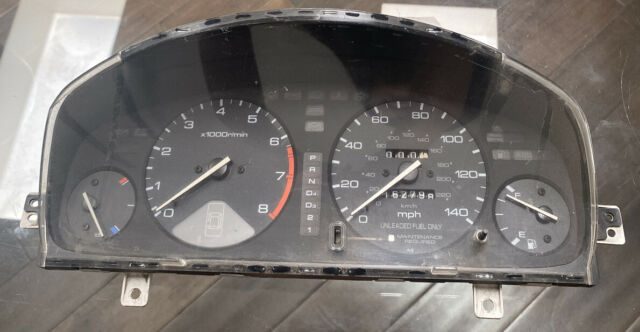Now I get it. You are talking about cloaking and I'm not. I am talking about invisibility like in Sci-Fi movies or series like "The invisible man".
Yes, you are correct but only if the bubble is transparent.
If a cloak is solid you can't see through it. It would be like having a piece of cloth over your body. I'm not sure that it is even possible to have a transparent cloaking thing. Maybe it is possible. That also means that you're not invisible as in really invisible without a cloak. You will still be visible inside the cloak. Oh, you said that as well.
If an invisible man (my invisibility) is still able to see because of some kind of technology, he or she won't be able to see his or her body because it is invisible. It is this kind of invisibility that is the basis of my dumb question.
If light is not affected and goes unaltered (not bend, reflected or refracted) through a person, this person is truly invisible, so are the lenses and the retina making an invisible person blind.
I still don't get your goggle or glasses reasoning. How I see it, and I'm probably wrong, is that these goggles inside the bubble won't work because the light is bent around the bubble and is not reaching the goggles. No light from the outside reaching the goggles, no light is refracted by the lenses and focussed on the retina. So you will still be blind.
The outside light must bend unaltered around the cloaking bubble. The slightest alteration of the light (refraction, reflection thus the speed and angle) will make the bubble somehow visible.
I always thought that light can't escape the gravity of a black hole. The light gets absorbed by the black hole making it pitch black and thus invisible.
The light that is far enough from the black hole can escape the black hole but that light will not be the same on the other side. It is the same with time (time dilation). Time and probably light will slow down when going around the apparent horizon of a black hole due to the huge and strong gravity.
It is 11:45 pm and I'm going to be. My brain is tired and so am I.

If I'm completely wrong, please be kind because I'm very sensitive.


 I'm dead! Thanks for the morning laugh
I'm dead! Thanks for the morning laugh  ) gave me the correct answer, that there is a difference because of the push and pull thing of the two drive trains.
) gave me the correct answer, that there is a difference because of the push and pull thing of the two drive trains.

